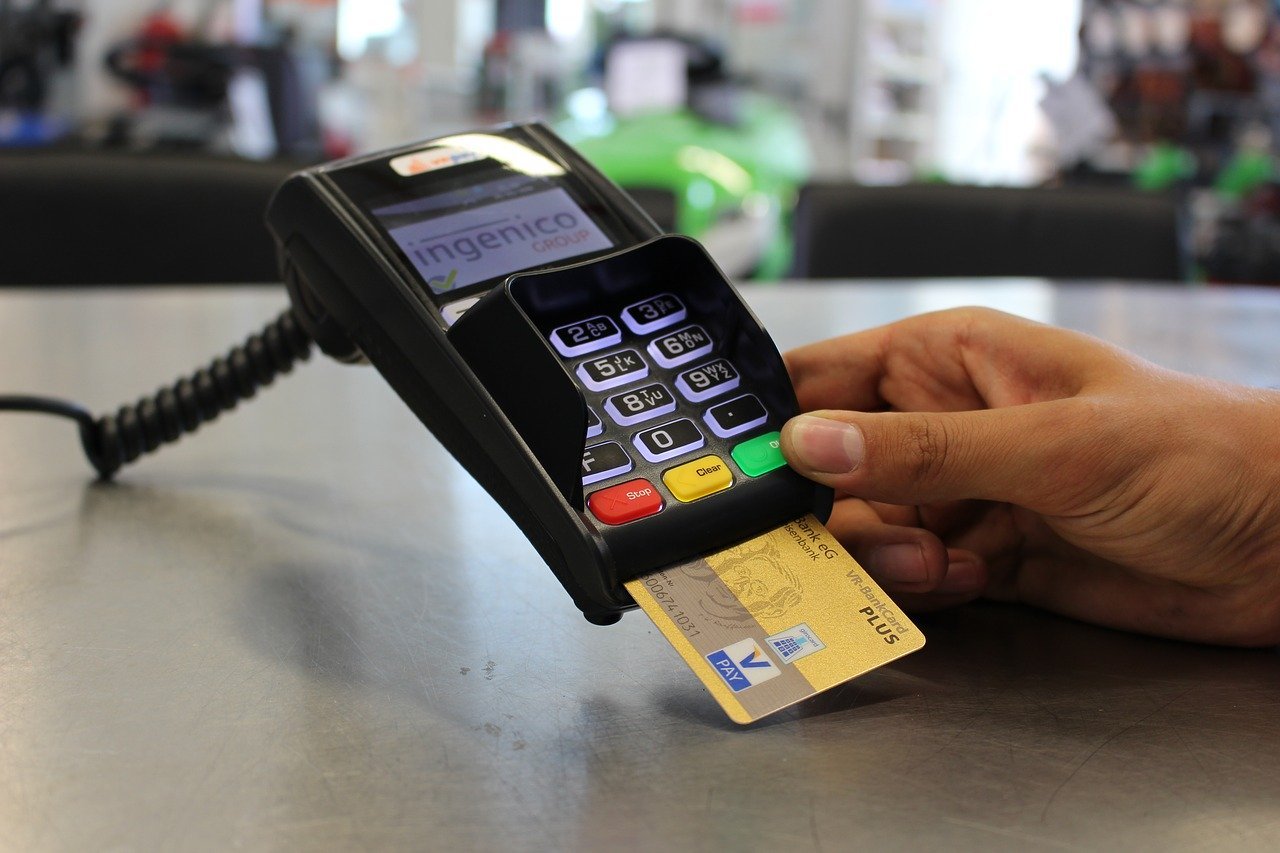How do charitable credit cards compare?
A charitable credit cards works similarly to a normal credit card. You apply in the same way and spend in the same way.
You can even go to a comparison site like Totally Money to compare and choose the best card for you. The difference is that when you spend money or pay off a balance, that the card provider will donate money to whichever worthy cause you’ve decided when applying.
You can choose from many well-known charities; such as Oxfam, Amnesty International, RSPB and many others. It is a much simpler way to donate; there are no forms to fill in or cheques to sign every month.
However, there are a few differences to look out for.
Due to the nature of charity credit cards, the provider will naturally find a way to keep its profits up, so they tend to have a higher interest rate or APR. This isn’t a problem if you usually pay your balances in full, but could easily mount up if not.
Generally you can transfer an existing balance onto one of these cards, but the providers will not normally donate on transfers or cash withdrawals.
Restricstions
There tends not to be many restrictions other than those set on traditional credit cards, so if you’ve struggled to get credit in the past, you may similarly struggle with a charity credit card.
Also, although these types of cards are beneficial to the charity, the high interest rates are not necessarily the best choice if you forget or tend to not pay off what you spend each month.
These credit cards have their obvious benefits, and are a good choice if filling in another form fills you with dread, but you do need to read the small print, compare, and ensure you pay off larger balances as soon as you can.





